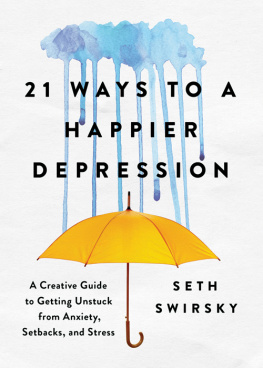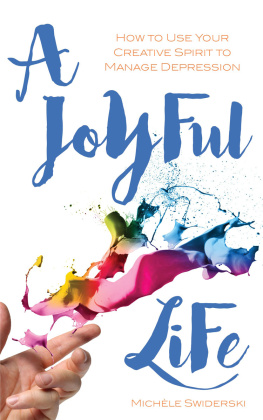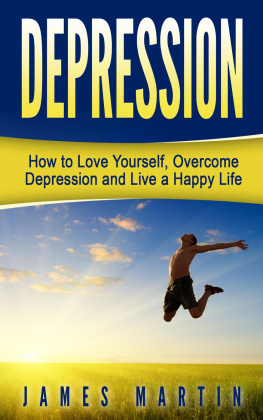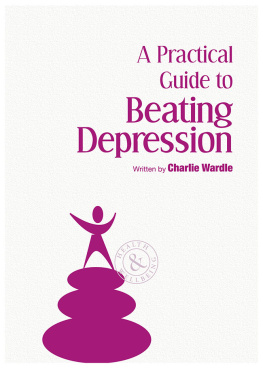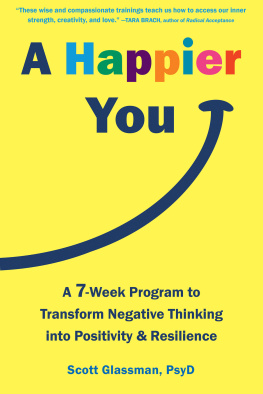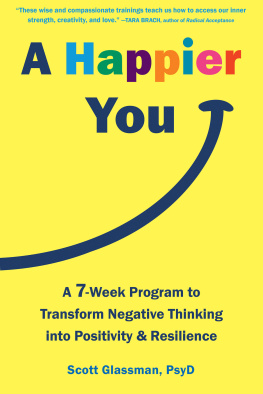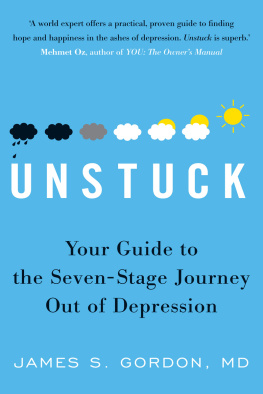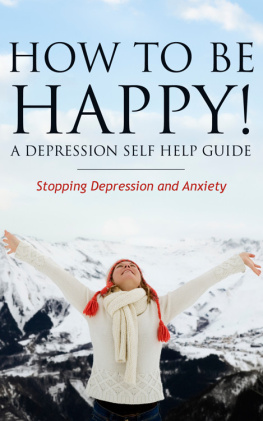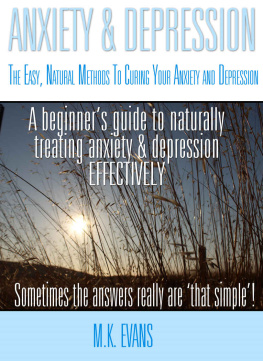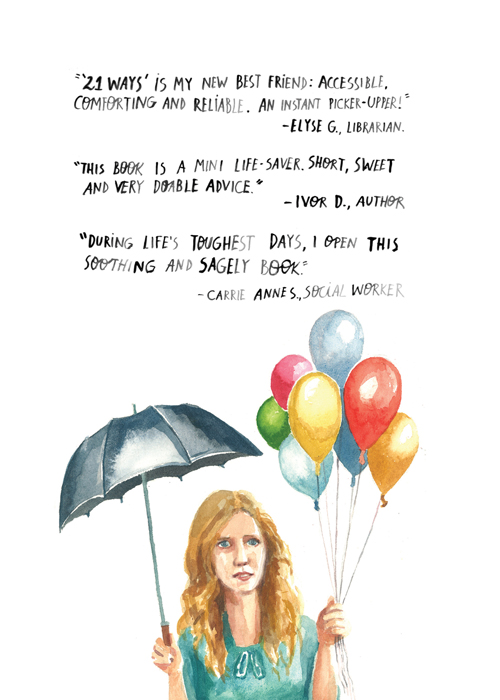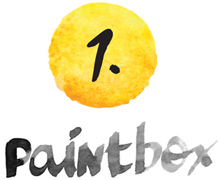Copyright 2017 by Seth Swirsky
Cover and internal design 2017 by Sourcebooks, Inc.
Cover design by Connie Gabbert
Cover images/illustrations Color_Brush/Thinkstock, Gyvafoto/Shutterstock, Magnia/Shutterstock
Internal design includes images/illustrations by Kirsten Tradoowsky and Archiwiz/Thinkstock, Chen Ping-hung/Thinkstock, Color_Brush/Thinkstock, ElenaMedvedeva/Thinkstock, Magurova/Thinkstock, NK08gerd/Thinkstock, Rudchenko/Thinkstock
Sourcebooks and the colophon are registered trademarks of Sourcebooks, Inc.
All rights reserved. No part of this book may be reproduced in any form or by any electronic or mechanical means including information storage and retrieval systemsexcept in the case of brief quotations embodied in critical articles or reviewswithout permission in writing from its publisher, Sourcebooks, Inc.
This book is not intended as a substitute for medical advice from a qualified physician. The intent of this book is to provide accurate general information in regard to the subject matter covered. If medical advice or other expert help is needed, the services of an appropriate medical professional should be sought.
All brand names and product names used in this book are trademarks, registered trademarks, or trade names of their respective holders. Sourcebooks, Inc., is not associated with any product or vendor in this book.
Youve Got A Friend written by Carole King
Sony/ATV Music Publishing LLC.
Let It Grow written by Eric Clapton
Warner/Chappell Music, Inc.
Published by Sourcebooks, Inc.
P.O. Box 4410, Naperville, Illinois 60567-4410
(630) 961-3900
Fax: (630) 961-2168
www.sourcebooks.com
Library of Congress Cataloging-in-Publication Data
Names: Swirsky, Seth, author.
Title: 21 ways to a happier depression : a creative guide to getting unstuck from anxiety, setbacks, and stress / Seth Swirsky.
Other titles: Twenty one ways to a happier depression
Description: Naperville, Illinois : Sourcebooks, [2017]
Identifiers: LCCN 2016044963 | (hardcover : alk. paper)
Subjects: LCSH: Depression, Mental. | Depression, Mental--Treatment.
Classification: LCC RC537 .S95 2017 | DDC 616.85/27--dc23 LC record available at https://lccn.loc.gov/2016044963
Dedicated to my darling daughter, Daisy Claire.
Youre depressed. I get it. Ive been there. Almost everyone I know has been there, to varying degrees. For relief from the oftentimes horrific feelings that can accompany depression and anxiety, some of us take medication. Many of us see or have seen therapists. Some of us participate in the latest psychological treatments with important-sounding acronyms: EMDR, CBT, SE. We do these things in an attempt to make our depression lift. And yet, more often than not, that hazy, miserable, Ill-never-beat-this-terrible-feeling persists.
Instead of fighting it, Ive come up with twenty-one small, simple, specific tasks that Ive used over the years to help alleviate my own depression and anxiety-filled moments. I present them to you in this book. While they cannot cure depression, these tasks can help make the worst feelings a little less badand a little less bad, when it comes to depression, can be significant.
During my darkest times, using the tasks I outline here gave me needed respites, which gave me the confidence to face those feelings when they returnedand knowing that these tasks worked made me not fear the future. As a clinical psychotherapist, I now share the suggestions in this book with my own patients, who have been helped by them to a significant degree.
Depression and anxiety are very tough foes. If even one or two of the ideas contained within these pages can help alleviate your depression, then greatthats one or two more coping strategies than you had before. And as those of us who have battled the behemoth of depression or anxiety know, you can use any and all the help you can get.
Finally, one might ask why, in this day of easy access to information, we need this book when a person can just search online for depression, help! When you are feeling depressed, its very comforting to have an actual, physical book around to flip through for a new idea or two, a reminder of all the little victories you can have. Its comforting and reassuring, like an old, trusted friend.
So lets get started. With this book, a happier depression is now, literally, in your hands.

Seth Swirsky, MA
Sometimes I feel stuck. Like Im in a box and cant get out. And I dont mean that literallyalthough sometimes I do find it hard to leave my apartment. What I mean is I get stuck in my own patterns and ways of doing things, stuck in communicating the same way about the same things with the same people. Dont get me wrong; patterns can be comforting and grounding, but they also keep me from having new thoughts and seeing and experiencing new things, which in turn keep me from moving forward in life.
During one of the times I was feeling boxed in, I thought Id buy an inexpensive paint set, two brushes, and two small canvases. I didnt know what I would paint, since Im not particularly visually artistic and I didnt feel like making a commitment to an art class. Still, something drew me to that art supply store.
At first I tried painting faces of people, which invariably ended up looking cartoonish, which led me to want to put away my new paints. But I noticed that I actually enjoyed the act of painting, the pushing around of paint on canvas with my brush. It was soothing, and it took my mind off my troubles. But what to paint?
I just started painting the simplest thing that came to mind: a box. I dipped my brush in the bright red paint and made a completely uneven box, then painted a few more red boxes on random parts of the canvas. Then I washed my brush and chose a warm butter yellow and painted more boxes. These new boxes usually abutted the red ones I had just painted, in a crashing, uneven way. But perfection was not the goal; the calming act of painting was. This was getting fun!
Lavender and orange and pink boxes, of all sizes, followed. And then I forgot to clean the brush when I changed colors and ended up inventing a new color that Im still trying to name. After a few days the canvas was filled up, and as I looked at this color fest I had created, I found it pleasing to my eye. I then realized that a good painting is not necessarily determined by the mastery of the painter; it is determined by whether you can feel the painting. My colorful boxes (joined now by circles), in all their imperfection, felt alive to meand made me feel more alive by having painted them.

